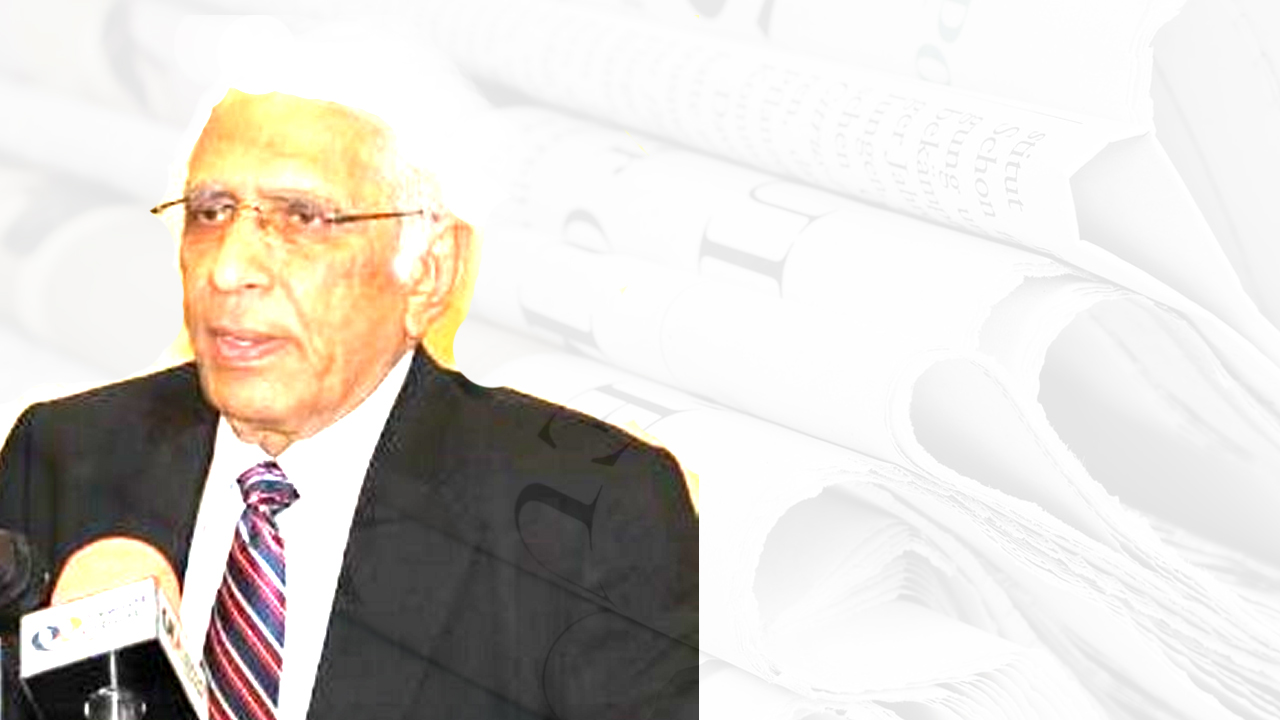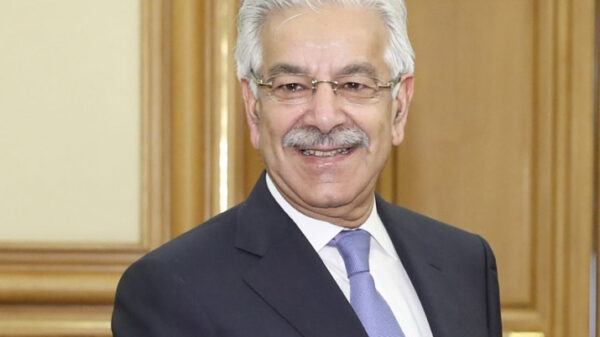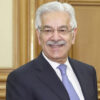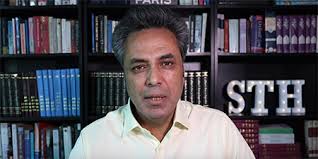Prime Minister Imran Khan is a stranger to governmental power. He is even more of a stranger to the systems on which governments run in this country. That is perhaps why he had to take so many U-turns in the first two years of his rule—to adapt to an entrenched system. This has certainly affected the governance part of his rule which has remained far from ideal.
The opposition led by Shehbaz Sharif of PML(N), Bilawal Bhutto Zardari of PPP, and Maulana Fazal-ur-Rehman of JUI, on the other hand, had remained in the hands of leadership which never ever on its own had taken on a government of the day. With Nawaz out of the game, Zardari attending court cases, and the Maulana out of parliament the performance of the opposition had remained equally poor.
The three—Nawaz, Zardari, and the Maulana—were there at the so-called APC on Sunday and as anticipated the conference has asked for PM’s resignation failing which it has warned of a march on Islamabad by the end of January next year.
The government has already started its own equally aggressive campaign in the media to paint the opposition, especially Nawaz Sharif in the most slighting colors.
However, the three mainstream parties are so similar in their respective approaches to problems confronting the nation and the country that their rule since 2008 appears as if exercised by one single political party. The two-year rule of the PTI does not seem any better or worse than the five-year rule of the PML-N (2013-2018) which in turn did not differ much in quality from the rule of the PPP from 2008 to 2013.
Indeed, ideologically, all three are indistinguishable. Politically, each of the three sets itself apart from the other two on the basis of its own peculiar self-serving slogan. The PML-N draws its inspiration from being a party with economic bias. The PPP does it from being one championing constitutionalism. And the PTI from being a corruption masher. All three draw their economic philosophy from the so-called free-market economy– unregulated, dole dependent, and privatized.
The decisions in a free-market economy are influenced by the pressures of supply, and demand. In countries like Pakistan, which are not very strong in governance, this system without fail gives rise to mafias who—driven by the profit motive—hoard, black market, and smuggle creating artificial shortages leading to all-round price increases. Meanwhile, the attempt to achieve the IMF-dictated macroeconomic stability leads to austerity which in turn ends up in stagflation.
The reason why all the three governments look the same despite having been led by three different political parties is that the guiding spirit dictating the governments of the day from behind the scenes is one and the same. This guiding spirit—undiluted capitalism– is not a new arrival on the scene. It has been there all along—at least since the late 1950s. Its compulsions for being uniformly rigid in its guidance all these years manifest the very nature of the state that Pakistan had become in the very first decade of its independence.
It is, therefore, almost impossible, indeed, to create a social-welfare state out of such a state, no matter how one went about trying to build one even on the lines of Riyasat-e-Madina.
It is this very contradiction that renders every successive government, no matter of which colour and hue, lose its luster within months of its coming into power. They get called out within months. And that is when the media start speculating about the fate of the incumbent. That is when rumors start circulating about ouster dates and how that ouster would come about: mid-term elections; or in-house change; or even the minus-one type.
Any break from this state of affairs will require long-term government intervention. However, the bias of free-market economists against public-sector investment in the new and emerging areas as well as in social infrastructure (education&health) has prevented investment in tech-driven ventures the private sector is unwilling to enter.
Indeed, the total break from the strategy of the mid-1970s of establishing modern heavy industry has undermined Pakistan’s ability to change the structure of production, from low-value products towards high-value, technology-intensive out-put.
Editorial by: M. Ziauddin










